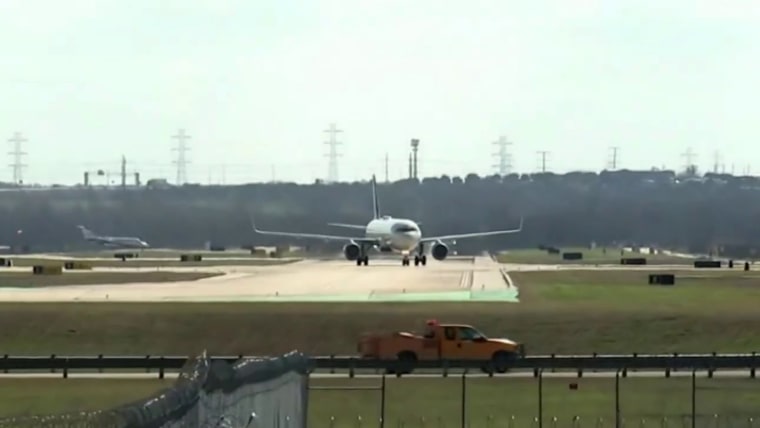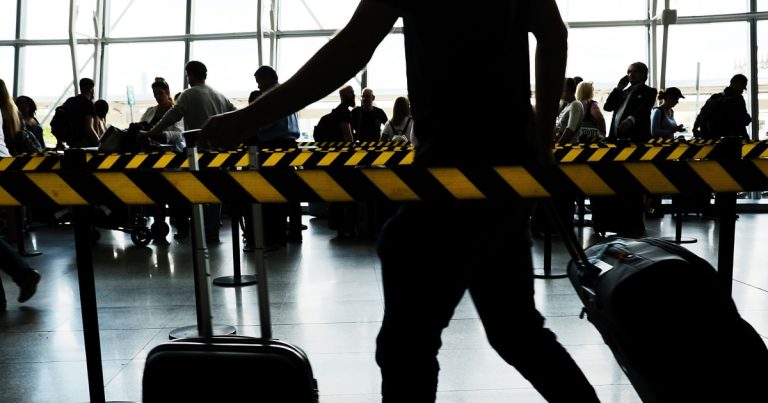
The Federal Aviation Administration issued an alert Wednesday to key personnel in the airline industry after a series of near-collisions and a safety summit last week aimed at avoiding a catastrophe.
The Safety Alert for Operators was issued for integral industry personnel, such as directors of operations, chief pilots, directors of training, check airmen, directors of safety, program managers, pilots and operators, the alert said.
The alert is meant to have the key personnel brush up on safety standards and protocols.
Some of the recommendations included:
- Use all available internal communication processes to specifically highlight recent events and existing issues.
- Reinforce adherence to published processes and procedures, including checklists, air traffic control instructions and internal company procedures.
- Ensure pilots and flight attendants have the same understanding of what “sterile flight deck” means and the risks associated with extraneous communication during that time.
- Encourage personnel to identify and report existing and emerging safety issues through voluntary reporting programs and understand the usefulness of the voluntary reporting system.
“Effective safety management is designed to detect emerging safety issues, assess the level of risk and address those risks through mitigations. Those mitigations may be a change in processes, procedures or training,” the alert said. “Operators should evaluate information collected through their safety management processes, identify hazards, increase and improve safety communications with employees and enact mitigations.”
The FAA held an impromptu safety summit last week to address whether to change U.S. flight regulations. Transportation Secretary Pete Buttigieg said at the summit Wednesday that the country’s air system was skirting disaster.
“We can’t wait for the next catastrophic event when we can see the warning signs today,” he said.
Also at the summit was Jennifer Homendy, the chair of the National Transportation Safety Board, who cited six serious runway incursions since January, including an incident at JFK Airport in New York City involving an American Airlines flight’s narrowly avoiding an outbound Delta Air Lines flight and a landing FedEx Cargo plane’s coming within 100 feet of a departing Southwest Airlines flight at Austin-Bergstrom International Airport in Texas.
The FAA said an emergency vehicle nearly crossed paths with a Southwest airplane at Baltimore/Washington International Thurgood Marshall Airport on Jan. 12.
“An airport emergency vehicle crossed Runway 15 without authorization as a Southwest Airlines Boeing 737 took off at Baltimore/Washington International Thurgood Marshall Airport on Thursday, January 12,” the FAA said. “The plane took off before it reached the point where the vehicle had crossed. The FAA estimates the vehicle was approximately 170 feet past the runway when the airborne plane flew over that intersection.”
Wednesday’s alert said industry workers must stay vigilant.
“In recent months, a number of notable and high visibility events have occurred in the National Airspace System (NAS),” it said. “While the overall numbers do not reflect an increase in incidents and occurrences, the potential severity of these events is concerning.”
Rob Wile and Doha Madani contributed.








